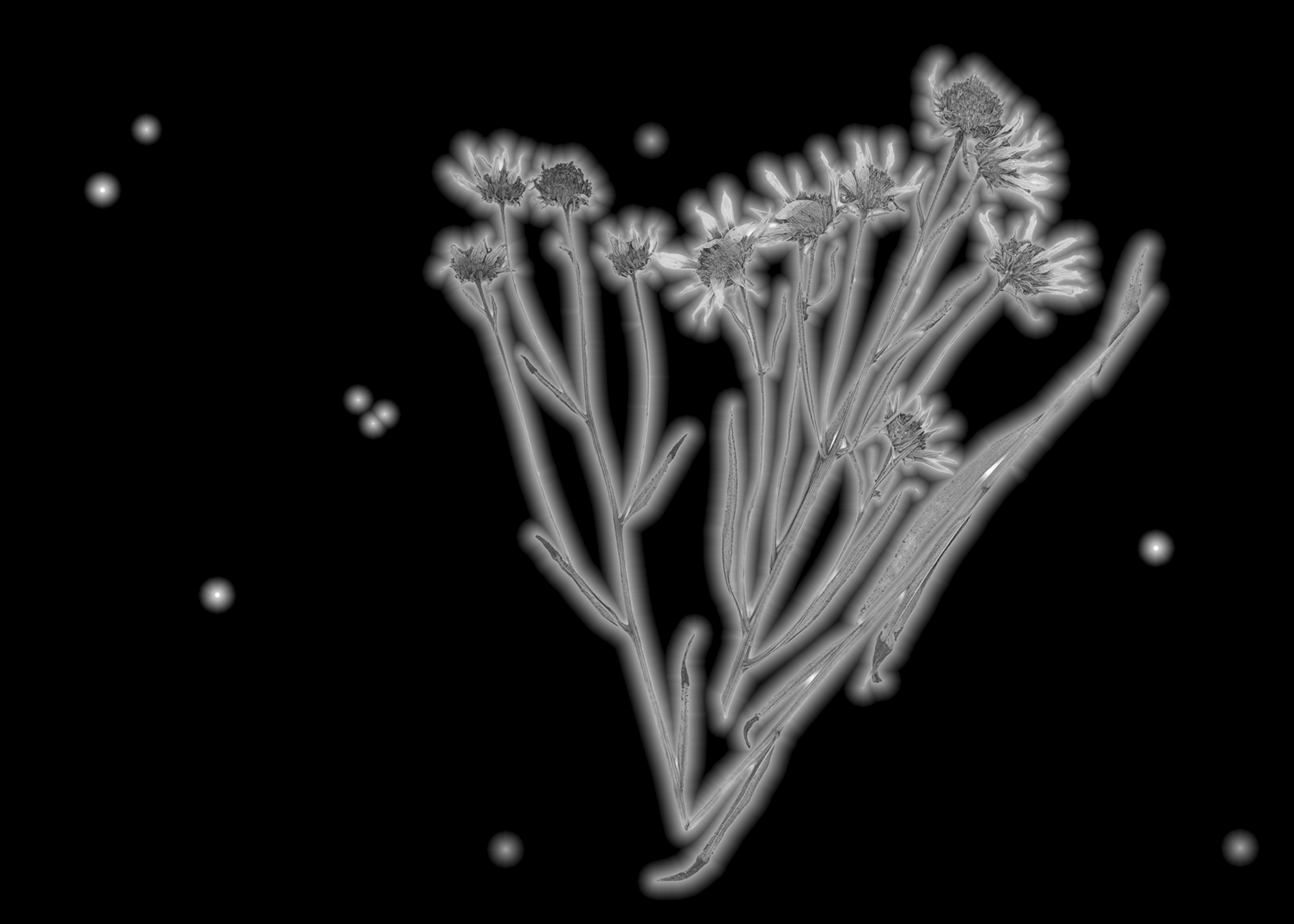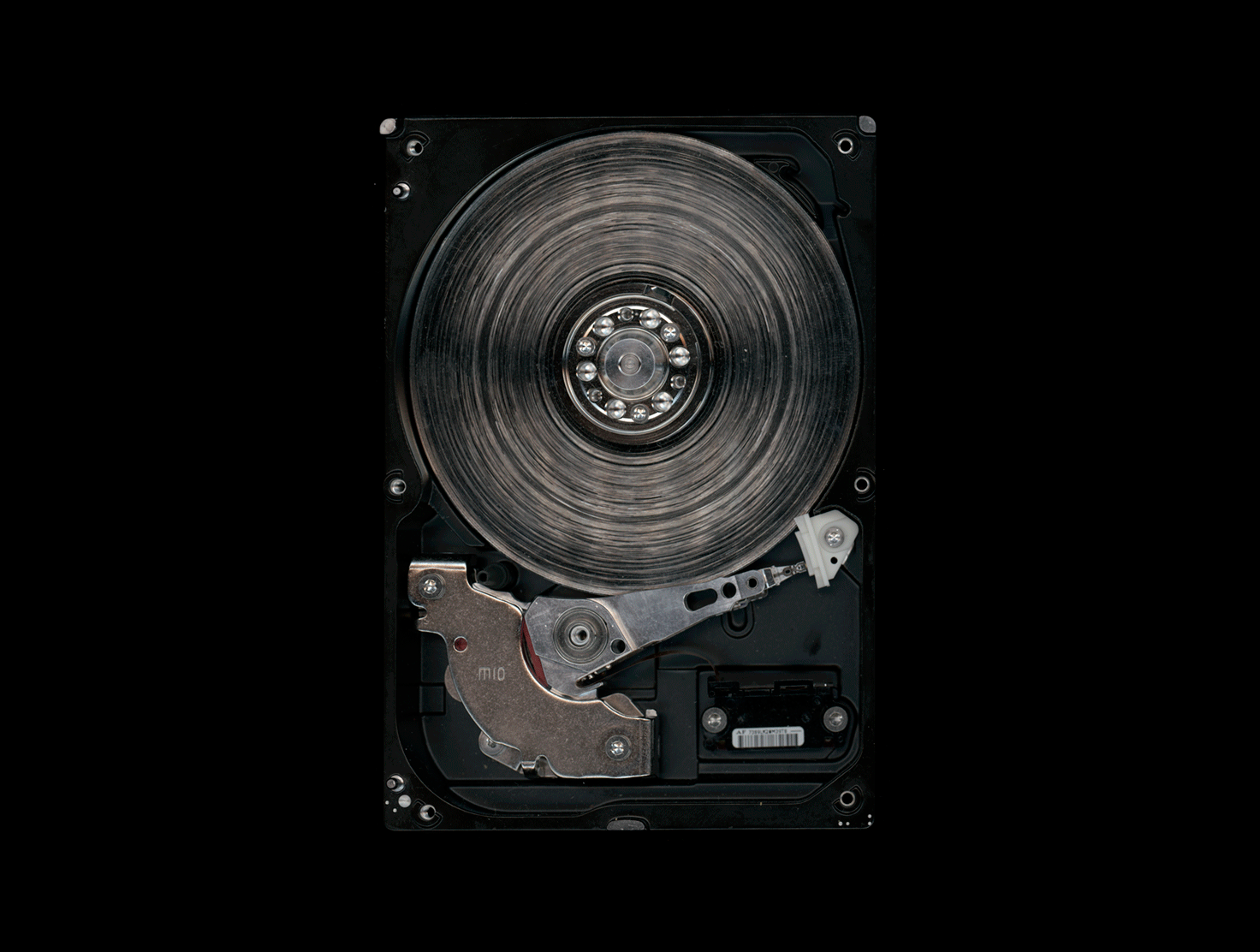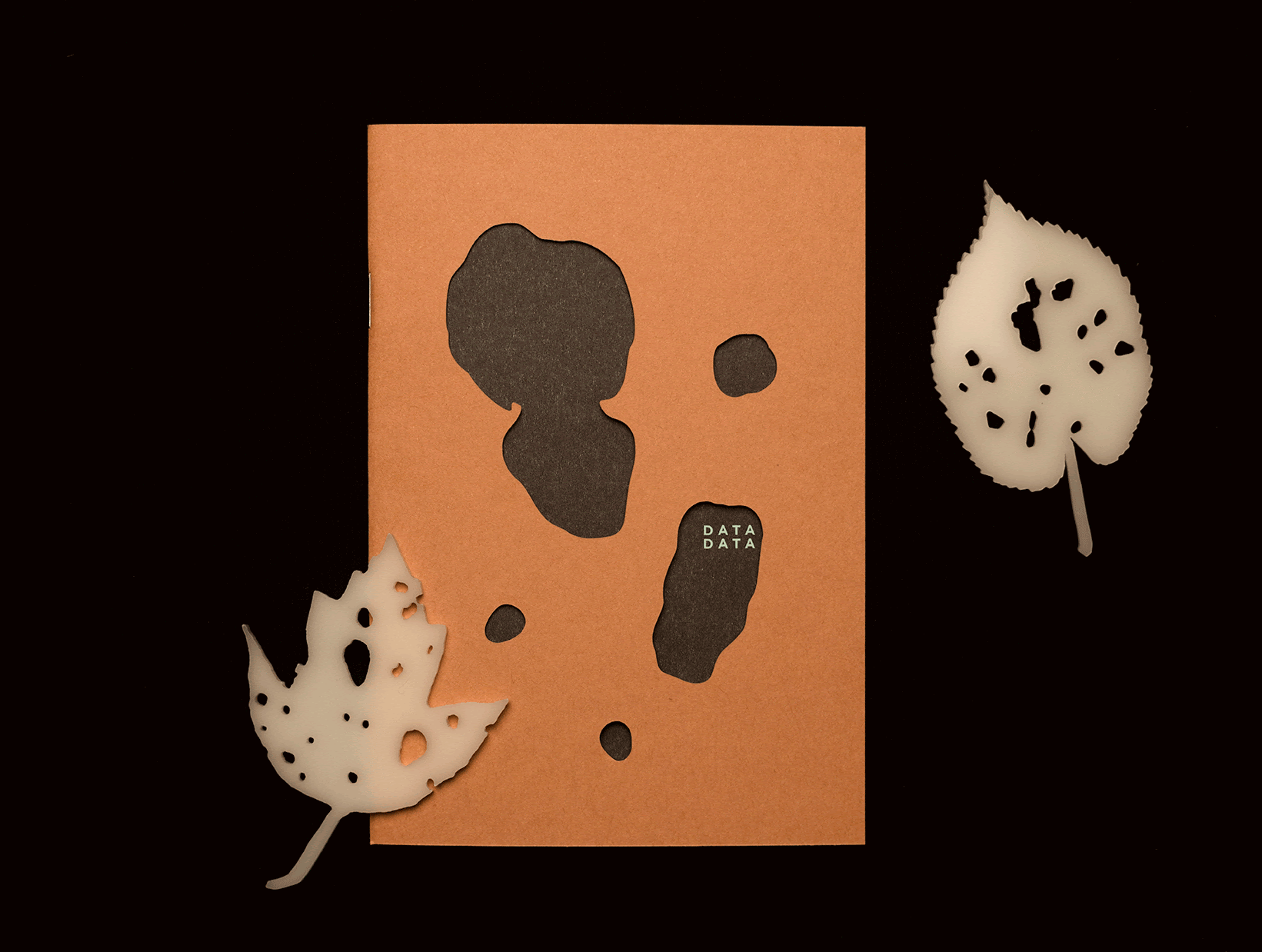Aug 5-31
Critical Distance Gallery
401 Richmond Suite 122
OPENING AUG 6, 3-5 PM
Gallery Hours: Wed-Saturday 12-5 PM
-------------------------------
ZINE + MULTIPLE: https://artmetropole.com/shop/15090
First, a blessing for technology:
I would like to declare my gratitude for the high energy consumption of these CRT monitors. To the stream of electrons, colliding with the red, green and blue phosphors that coat the screen, thank-you for delivering my message. Secondly, my deepest appreciation for the organic (non-petroleum based) thermoplastic polymer used in Byte Patterns, for your recyclability to be melted and reshaped. To the atomic excitation in the phosphorescent coating: Thank you for your glow, which allows us all to feel slightly more visible in our experiences.

This project examines the abstract space that stores trauma in the human brain. Through the mapping of fragmentation boundaries found in both ecological and computational ecosystems, I seek to identify nuanced codes in the micro-traumas — which serve to become conduits toward self-awareness. The clues these patterns offer can help us find healing and a connectedness in our experiences, to both organic and inorganic systems. The exhibition titled Living Data, Presumed Dead comprises four main chapters:
Chapter I : Byte Patterns
Byte Patterns is composed of five photoluminescent acrylic leaf cuts, charged continuously with ultraviolet light, modelled after herbivory found in the forest ecosystem. Herbivory is the eating of plant parts by animals, it is a key ecosystem process that reduces biomass and density of plants or plant materials, transfers mass and nutrients to the soil or water column, and affects habitat and resource conditions for other organisms. Herbivory intensity can determine whether or not the ecosystem remains healthy or not. How does one record missing data? Tiny bites from a leaf, entire forests erased?


Chapter II : The Theatre of Deletion and Recovery
The Theatre of Deletion and Recovery shows a 3-channel audio reactive video mapped across nine CRT monitors. Images of North American plant specimens which were at one point declared extinct, and later re-discovered, are slowly eaten away by the deletion process. The loss, and subsequent rediscovery of an entire species can be a very confusing, non-linear, fragmented process. Computationally speaking, when you write data to a drive, the process is at the beginning, linear. Once you delete a file or multiple files, which all have different locations on the disc, you begin the process of fragmentation. When you rewrite those data blocks, the new files, which may or may not take up the available space; are also fragmented. Over time, hard drive performance can slow down as it takes longer to retrieve files scattered across the drive. Furthermore, even after deletion and re-write, the original data can still sometimes be recovered. The only way to complete erasure is to physically scratch the disk or to run an algorithm functionally switching each byte to either one or zero, on or off. Channel 1 is mapped to two monitors and shows my eyes, outlined using a blink detection script, live reacting to the 9:40 of audio in Cries of Total Erasure. Channel 2, mapped to three monitors, shows ghostly images of plants and is audio-reactive to the scratching of the hard drive. Channel 3 is mirrored to four monitors. The audio-reactive point cloud responds only to my synthetic voice.

Trauma is what happens when an event you have experienced overwhelms your ability to feel, express and process what has happened through your nervous system. If you do not receive the support or tools you need to process the event, the trauma stays trapped in your body. Trauma responses have traditionally been viewed as a binary function, on or off. The multiple states found in the process of file deletion and recovery reveal a more nuanced approach to understanding our responses. This is reflected in the most recent academic research into Polyvagal Theory.

Chapter III : Cries of Total Erasure
Cries of Total Erasure is recited by a synthetic voice modelled after my own, that I designed in 2018 by teaching the computer the unique phonemes of my voice. I develop a mantra (see Chapter IV), recited over and over in every possible permutation until it loses meaning. This reading lifts us out of a looping, never ending fall of a Shepherd’s tone, accompanied by the beeps, clicks and scratches of my own hand physically connecting a hard drive and scratching the surface of the disc as it spins. It ends with the naturally occurring white noise of a healthy, active data centre

Chapter IV : Data Data
Data Data is a supporting publication and artist multiple. The phrase: 'Write data, delete data, rewrite data' is repeated over and over until every word has appeared in every possible position. This is done using code, relying on the pioneering research done into the implementation of permutation algorithms on computing machinery done in the late 1950s and early 1960s. The design of the text blocks reflects the permutation, visually fragmenting the rhythmic poem. A small, photo-luminescent acrylic leaf cut, made from the recycled offcuts of Byte Patterns, will accompany a small edition of the zine as an artist multiple titled ‘BYTE’.

The artist acknowledges the generous support of:
